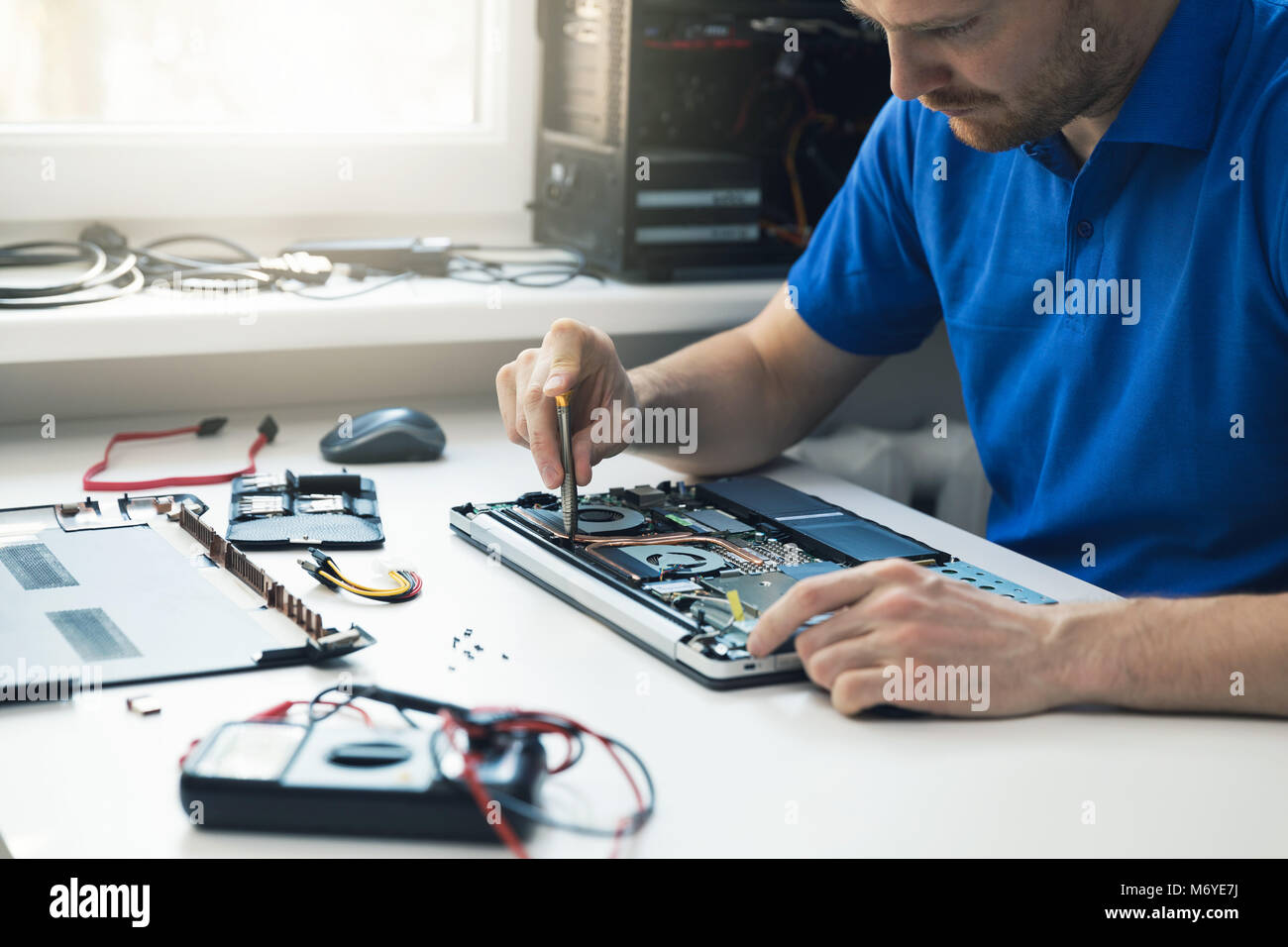Refreshing A Lenovo: Advice for Troublesome Computers
If the proud owner of a Lenovo laptop, there's a good chance you've encountered a few hurdles in the road. Similar to any piece of technology, laptops can face issues that might impede their performance or usability. Whether a stubborn software glitch, a hardware malfunction, or simply outdated drivers, these issues can be aggravating and time-consuming to resolve. Luckily, most common issues can be dealt with with a little patience and know-how.
Within this guide, we'll explore key tips for Lenovo laptop repair that can restore your device. Ranging from routine maintenance tasks to effective troubleshooting techniques, we aim to empower you to tackle those pesky issues on your own. By following these helpful suggestions, you'll not only will you enhance your laptop's performance but also save resources and money in the process. Let's dive in and get your Lenovo back up and operating seamlessly.
Common Lenovo Laptop Issues
Lenovo laptops, like other electronics, can encounter a number of issues as time passes. One frequent issue is high temperatures, which can result in decreased performance and unplanned shutdowns. Dust accumulation in the air vents and fans commonly leads to this problem, so consistent maintenance is crucial to ensure proper airflow. Checking the laptop's temperature and using a laptop cooler can also help reduce high temperatures.
A further often reported issue is the performance of the battery. Many users find that their Lenovo laptops retain less charge over time, that can be irritating when needing be productive while traveling. This can stem from age, software running in the background, or even faulty charging ports. It's advisable to check for any updates and perform a battery recalibration to enhance the duration of your battery. In some cases, a battery replacement may be required.
In conclusion, connection problems can affect Lenovo laptop users. Whether it’s a wireless connection disconnecting from time to time or Bluetooth devices having connection issues, these problems can hinder work processes considerably. Inspecting the configuration, updating drivers, and power cycling the router are all helpful starting points to troubleshoot connectivity issues. If problems persist, inspecting hardware components including the wireless adapter or getting expert assistance might be the appropriate solution.
Do-It-Yourself Repair Tips
When your ThinkPad laptop starts to show signs of trouble, there are several easy fixes you can attempt before seeking expert help. lenovo laptop repair is excessive heat, which can lead to the laptop to perform poorly or shut off unexpectedly. To combat this, ensure that the laptop's vents are clear and free from debris. You can use compressed air to carefully blow out any collected debris. Additionally, using a cooling pad can assist maintain temperature during intense usage.
Another common problem is battery life deterioration. If your laptop isn't holding a charge as well as it used to, it might be time to recalibrate the battery. To do this, let the battery discharge fully until the laptop shuts down, then charge it without interruption to 100 percent. This method can help realign the battery's charge gauge and improve performance. If the battery problems persist, you may need to think about replacing it, as older batteries deteriorate in their ability to maintain a charge effectively.
Lastly, program bugs can frequently lead to a sluggish system. A good first step in troubleshooting is to clear unnecessary files and applications. Use built-in tools like Disk Cleanup to delete transitory files and free up space. Additionally, ensure that your operating system and drivers are current. Keeping your software current helps maintain compatibility and can resolve numerous performance problems that might be affecting your Lenovo laptop.

Whenever to Seek Expert Help
Not every issues with your Lenovo laptop are solvable with DIY repairs or diagnostic steps. When you find that your laptop is unresponsive to any of the methods you've attempted, it may be time to consider requesting expert help. Symptoms such as persistent freezing, random crashes, or hardware issues could signal deeper underlying issues that require expert diagnosis and repair.
One more sign that expert help is needed is if your Lenovo laptop suffers from physical damage, such as a cracked screen or water damage. Such problems often cannot be effectively repaired at home without the proper tools and expertise. Trying to fix hardware issues without the required skills might lead to further damage, making it crucial to consult with a certified technician who is skilled with Lenovo laptop repair.
Lastly, if your laptop is still under warranty, it is advisable to contact Lenovo or an official service center for assistance. Any attempt to repair the device on your own may void the warranty, leading to additional costs down the line. Utilizing the manufacturer’s support can save you money while ensuring that your laptop is repaired to the highest standards.